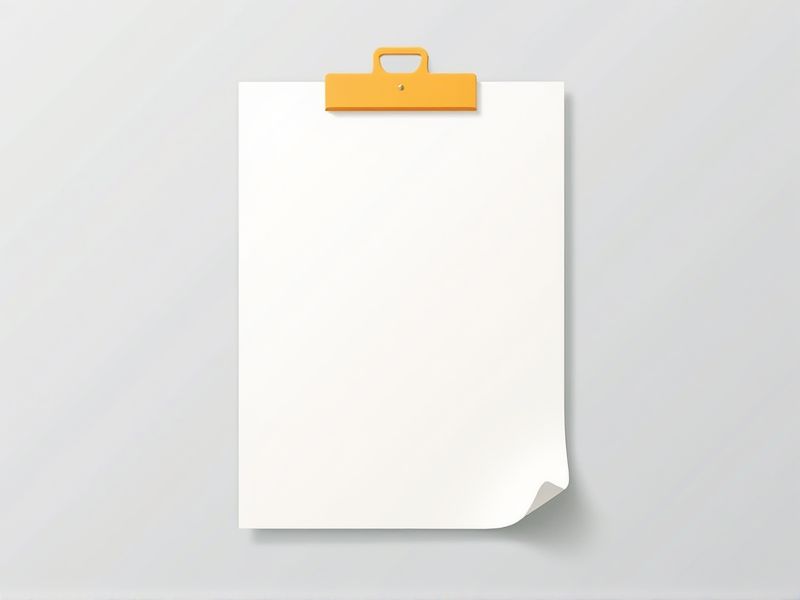
A well-crafted follow-up letter is an essential tool for maintaining professional communication and reinforcing your interest or request. Whether you're following up after a job interview, a business meeting, or a networking event, a clear and polite letter can help you stand out and keep the conversation moving forward. It's important to keep the format straightforward, with a clear introduction, a brief reminder of the context, an expression of appreciation, and a call to action or next step. Using the right tone and structure ensures your message is both respectful and effective. To make it easier for you, check out the various follow-up letter templates available in this article.
Samples of letter format for follow up
Professional Follow Up Letter Format
Follow Up Letter Template For Job Application
Follow Up Letter Format After Interview
Thank You Follow Up Letter Format
Follow Up Letter Format For Sales Inquiry
Follow Up Letter Format For Clients
Follow Up Letter Format For Networking
Follow Up Letter Format For Proposal Submission
Follow Up Letter Format After Meeting
Follow Up Letter Format For Internship
Formal Follow Up Letter Format Examples
Concise Follow Up Letter Format
Follow Up Letter Format For Unpaid Invoice
Follow Up Letter Format For Referral
Follow Up Letter Format For Fundraising
Follow Up Letter Format After No Response
Follow Up Letter Format For Project Update
Follow Up Letter Format For Customer Feedback
Follow Up Letter Format To Reconnect
Follow Up Letter Format For Order Confirmation
Important Things to Know when Writing Letter Format For Follow Up
Clear Subject Line Referencing Previous Communication
A clear subject line is essential for a follow-up letter, as it helps the recipient quickly identify the purpose of your message. Include key details, such as the topic of your previous communication or relevant dates, to provide context. This approach not only displays professionalism but also increases the likelihood of your email being opened and addressed promptly. By making your subject line concise and informative, you facilitate better communication and ensure that your message stands out in a crowded inbox.
Polite And Professional Greeting
A polite and professional greeting sets the tone for your follow-up letter, making it more likely to be well-received. Begin with a respectful salutation, such as "Dear [Recipient's Name]," which shows your attention to detail and appreciation for the recipient. This initial approach helps establish a courteous atmosphere and encourages positive engagement. Remember, your greeting is the first impression, so choose your words carefully to convey professionalism and respect.
Brief Reminder Of Prior Contact Or Discussion
Including a brief reminder of your prior contact or discussion is crucial in a follow-up letter. This context helps the recipient recall your previous interaction and reinforces the purpose of your outreach. Clearly stating the date or topic of your last communication can provide a useful reference point. Ensuring that this reminder is concise and relevant will enhance the effectiveness of your follow-up.
Clear Call To Action Or Purpose Of Follow-Up
A clear call to action is essential in a follow-up letter, ensuring your recipient understands the purpose of your communication. Clearly state what you want the recipient to do, whether it's scheduling a meeting, providing additional information, or confirming a decision. This direct approach not only conveys your intentions but also encourages prompt responses. By specifying your desired outcome, you streamline the communication process and increase the likelihood of achieving your goals.
Courteous Closing With Contact Information
A courteous closing is essential in any follow-up letter, as it leaves a lasting positive impression on the recipient. This technique typically involves phrases such as "Sincerely" or "Best regards," which convey professionalism and respect. Including your contact information, such as phone number and email address, ensures that the recipient can easily reach out for further communication. Your attention to detail in these areas reflects your commitment and enhances your chances of a favorable response.
